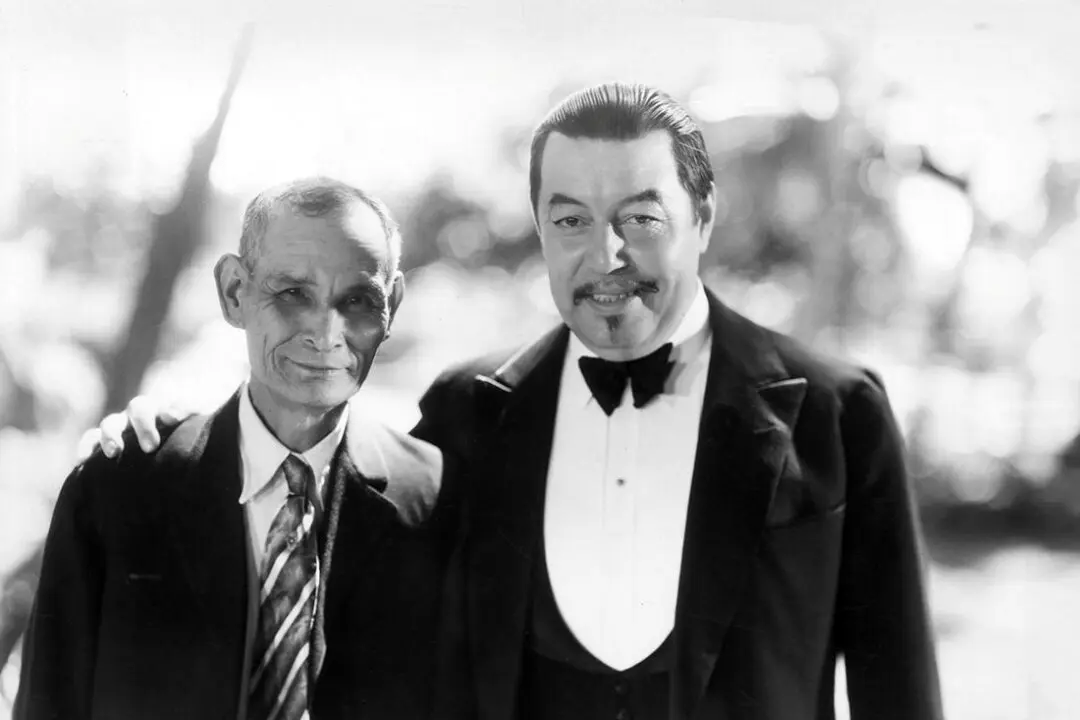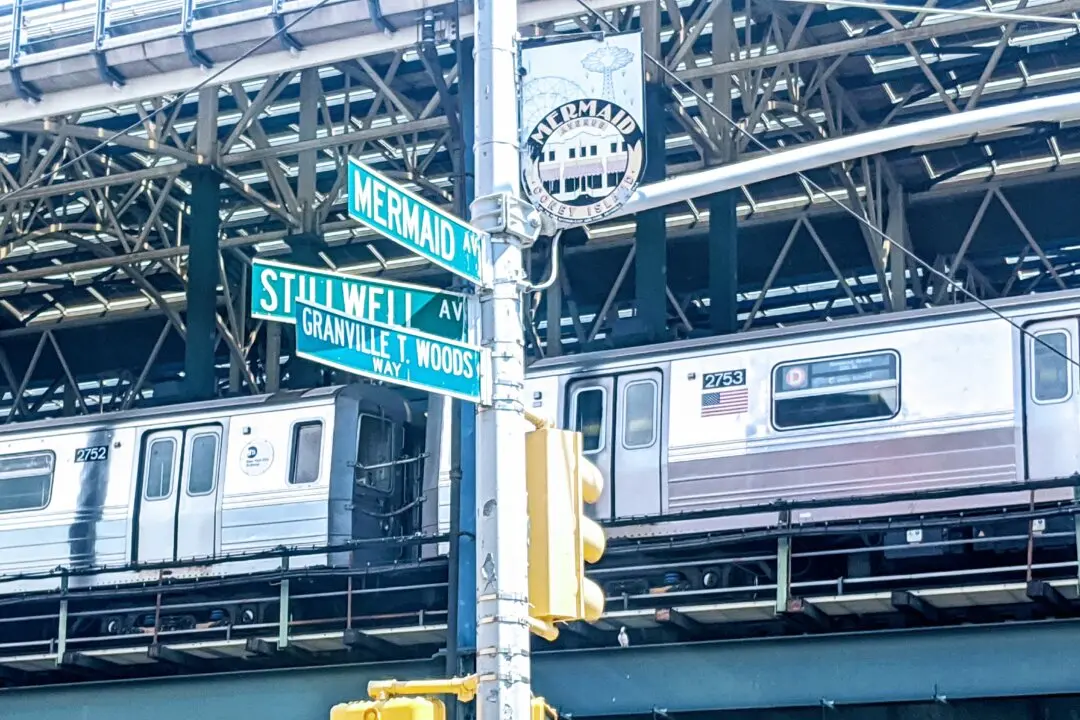When she was 5 years old, her left leg twisted inward, and she couldn’t move it back. Earlier she had contracted scarlet fever, and now she was diagnosed with polio, which had no cure and left most children either permanently disabled or dead.
For many years she wore a brace supporting her leg. Cheered on by her family, she exercised continuously, at home and at physical therapy at a nearby hospital, strengthening the paralyzed muscles. One Sunday, in the church that she and her family devoutly worshipped, she mustered the bravery to attempt to walk without it. The congregation witnessed a miracle as she moved through the aisle on her own accord.






